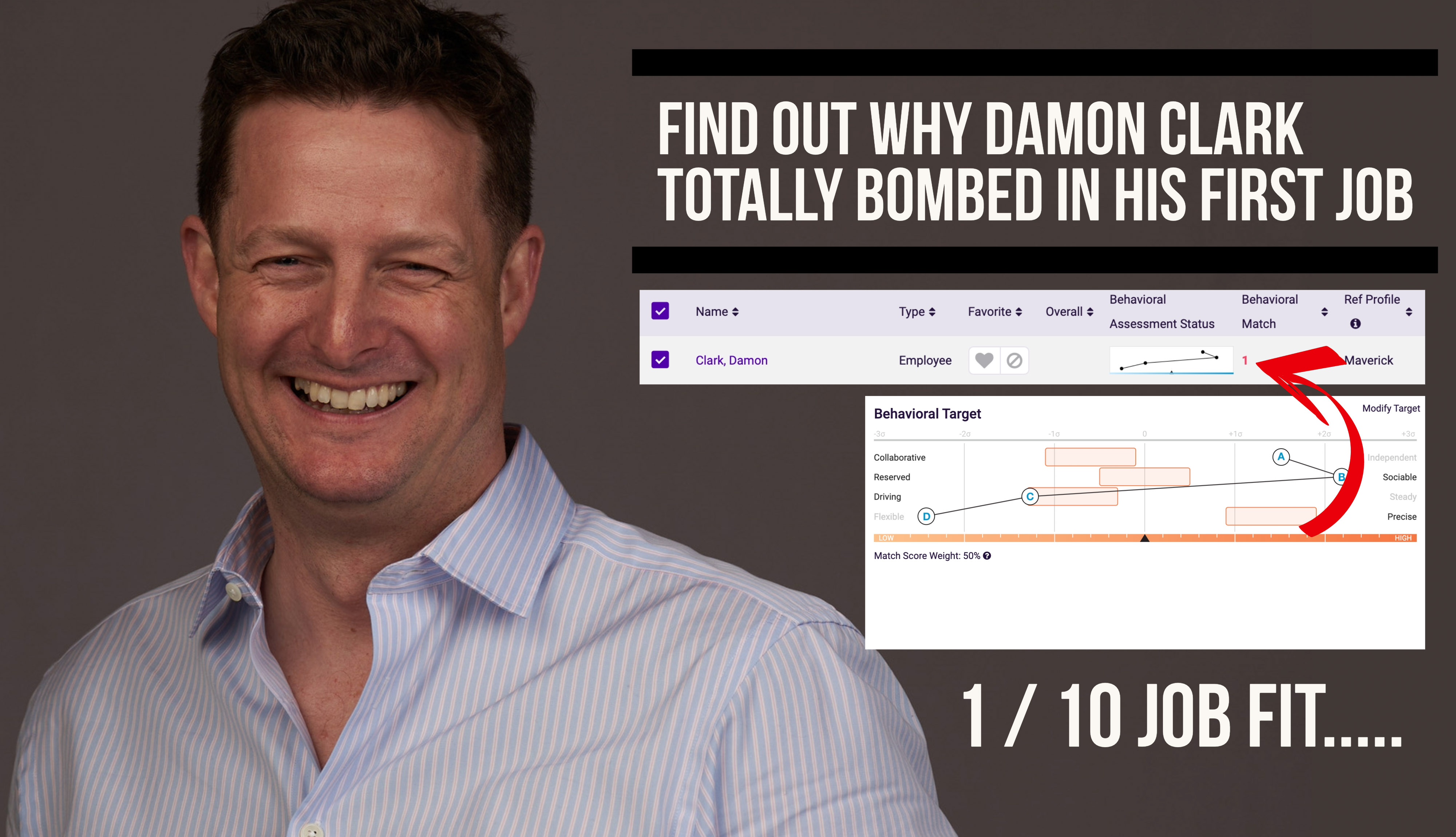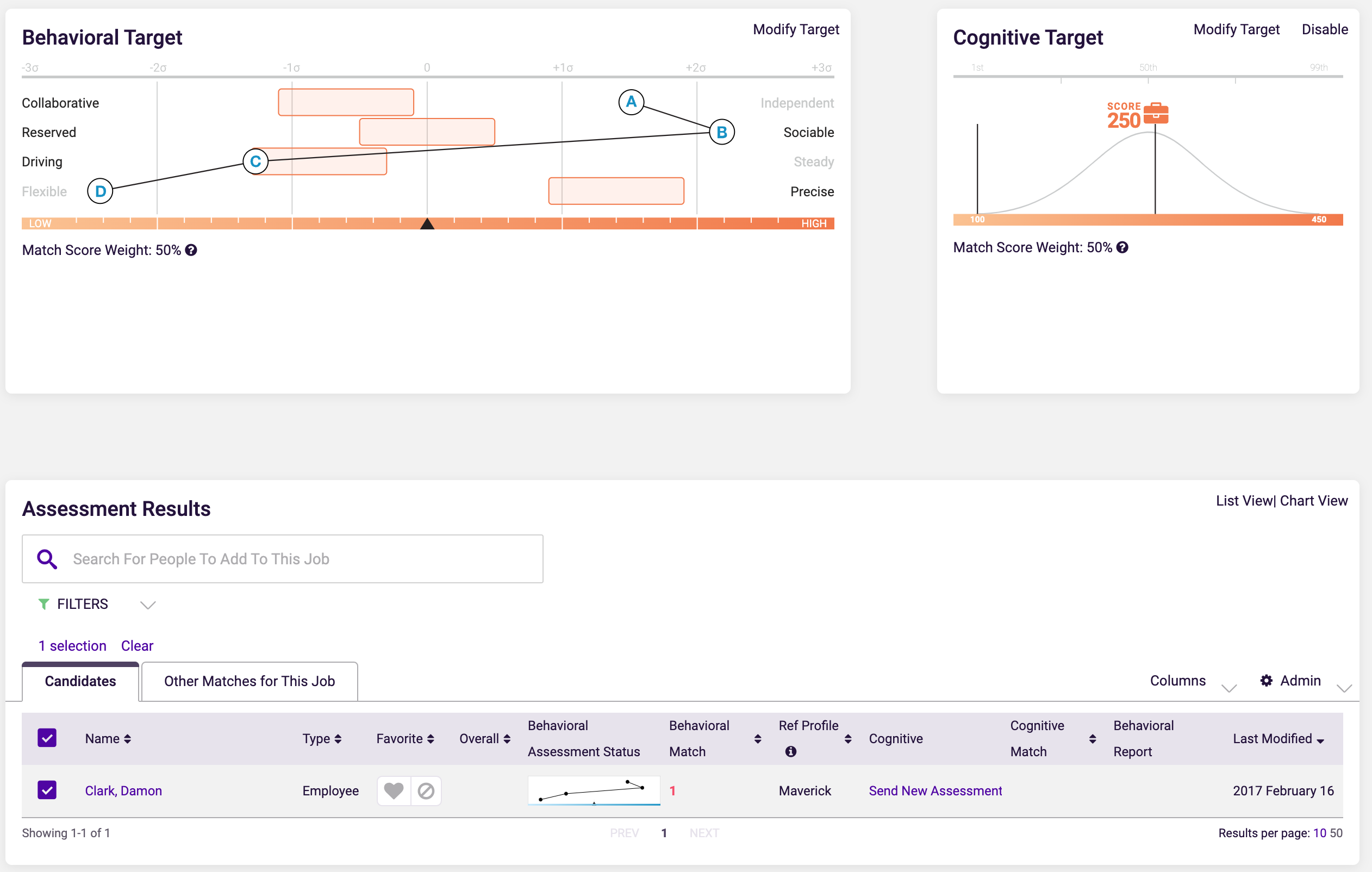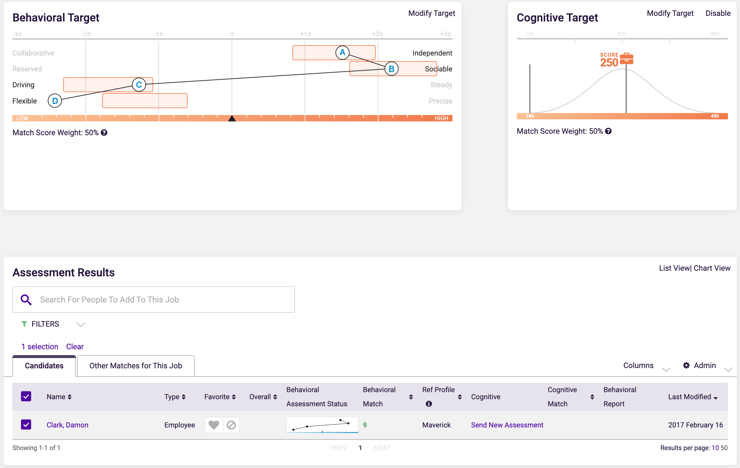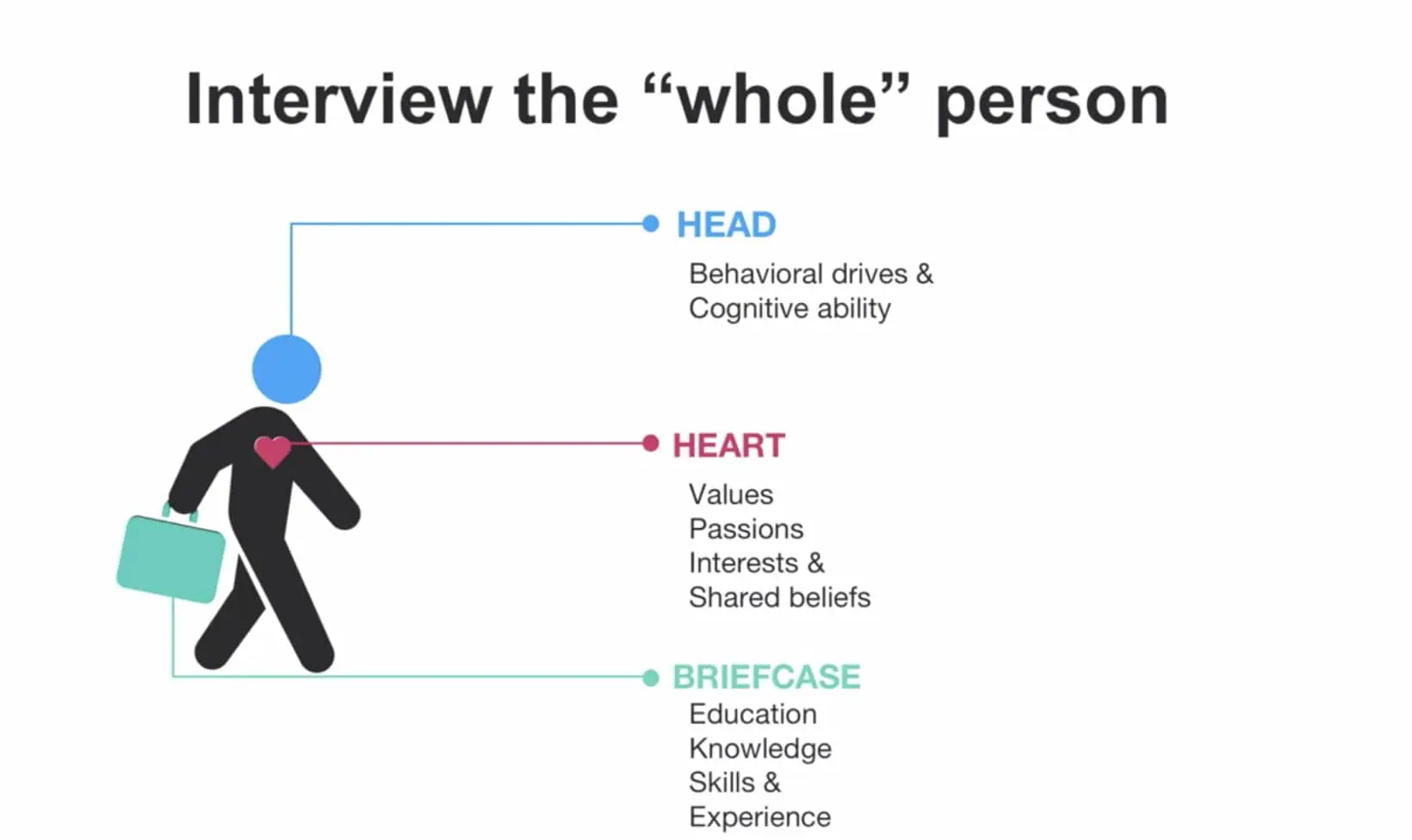4 min read
How to avoid bad hires - why i was a terrible fit for my first role
Damon Clark : Sep 19, 2023 8:30:00 AM

In 1996, I left home and began a 4-year marketing degree, taking general business classes and majoring in marketing. Marketing classes included case studies on Coca-Cola, Procter & Gamble, and General Motors. Approaching graduation, I started applying for similar companies, excited to be working on the next global marketing campaign.
Reality hit when the offers surprisingly didn’t materialize.
I had to reevaluate my expectations. Through networking, I found an entry-level position in a small IT systems integrator in Wembley, London. Working on global marketing campaigns was replaced with cold-calling, stuffing envelopes, and data entry. It was a humbling and valuable experience.
A little over a year in the role, one of our vendors, Fujitsu Siemens, was recruiting for a Partner Program manager. I applied and was offered the position.
I was ecstatic and excited to work for a large, fast-growing tech company. Every day, I woke up excited to head to work. I worked for a fantastic company and had a great job, team, and manager. What I lacked in experience was likely made up by enthusiasm. In the early days, I thrived, but I quickly began to struggle.
Once the Partner Program was launched, the position transitioned to include more marketing communications work. This required collaborating with other departments and suppliers and ensuring accuracy in communications. It quickly became apparent these skills were not natural for me.
The .com bubble burst, and in around 2001, the marketing department was drastically reduced. My Manager, Gill Cheeseright, informed me my position was being made redundant but suggested I apply for a new inside sales position. Initially, I was reluctant. I was a proud Marketeer, but the reality was that I was never going to be successful in marketing communications, and my manager diplomatically persuaded me I would be more suited to a sales role.
I leaped over to sales. I was a top performer two years in a row and, by accident, discovered a role where I naturally thrived and enjoyed. This was a win/win for the company, and an opportunity often missed when employees struggle.
I was enthusiastic and had a strong work ethic but behaviorally not aligned to the job requirements. If the downsizing hadn’t allowed me to move to sales, I would have eventually burnt out from stretching and been managed out.
How can we avoid job misalignment?
The good news is that we have a crystal ball to see into the future. Well, sort of. We can measure behavioral drives and needs, which can help predict behavior.
The ability to predict behavior is a game-changer in hiring. We can utilize hiring software such as The Predictive Index to build a "Job Target" based on predictive behavioral attributes required in the job. The four primary workplace drives used to achieve this are Dominance (A), Extraversion (B), patience (C), and Formality (D). This can be achieved through various methods, from manually building a profile, using historically researched data, analyzing top performers' behavioral data, and completing a job assessment to create a job target or a combination of all four. After this is produced, we can map candidates to a job benchmark.
Let's look at my initial Partner Program role. By analyzing the initial job requirements with The Predictive Index job assessment, we can see the job role required an individual who was intense, restless, and driven. Also, the employee needed variety, opportunities to work at a faster-than-average pace, and Mobility. In terms of behavior, the individual required someone proactive and quick to connect.
As you can see from the target below. The first behavior (A = dominance) is just on the benchmark, and the second two (B = Extraversion and C = Patience) are slightly out of the target but not significant to be a disqualifier. However, in the last behavioral drive, D = Formality (the ability to conform to rules and structure), you can see a much more significant misalignment. For a potential candidate with this scenario, we would want to examine whether:
- This particular behavioral benchmark ( D = Formality) is a non-negotiable.
- Does the candidate have awareness and coping strategies?
- Does the candidate's culture and values fit and experience qualifications compensate?
- Is there internal bandwidth and resources to support the candidate on tasks within this area?

I was at the lower end of the job fit scale. However, as the role developed, so did the behavioral requirements.
Looking at the job target for the Marketing Manager position below, you can see that a big stretch is required in 3 out of 4 of the behavior targets. Critical areas of misalignment include:
- The role required collaboration with other departments and suppliers, particularly in collecting information and communicating. My role was to consolidate and present subject matter experts' work and present it. However, my natural high dominance means that I strongly need to influence and put my thumbprint on work. I was overly opinionated, which caused friction within the teams I was required to work with.
- The second factor worth highlighting is the further stretch between formality (D), the need to follow the rules and structure. The role required me to pursue a structured process. I struggled, particularly with other factors such as my low patience (C), resulting in struggles focussing on the details.

No matter how strong my experience, qualifications, culture, and values fit, the behavioral stretch to achieve job success was far too significant.
Lastly, let's look at the sales role. Three of the four behavioral targets are met, and the only target with misalignment is Formality (D), which is the drive to follow rules and structure. This is not a non-negotiable, and the stretch is slight. I thrived in this role and went on to have continued success with sales, particularly partner-focused sales roles.

Imagine if we had this data ahead of time—the impact it could have on job performance, engagement, and retention.
Click the link below to learn more and experience a free Strategic Hiring consultation, including Behavioral assessments for up to 10 individuals, a team alignment to strategy report, and a one-hour consulting session.
Resources and Further information
- Free On-Line Course - The Predictive Index
Check out this FREE course from The Predictive Index, which will help you improve on some critical skills needed to make good hires.- How to Hire for Culture Fit
- Hiring the right talent
- How to build a diverse workforce
- How to build a successful employee onboarding program
To complete visit Hiring Series - The Predictive Index (On-line Course) - Further Reading
Great article from Forbes: Should Personality Assessments Be Used In Hiring? - Book
Learn from the Best - Right Seats, Right People: A Leader's Guide to Hiring and Developing Top Performers - FREE Strategic Hiring Session ($3000 value)
During this one-hour consulting session, we will discuss your team's behavioral alignment to strategy to provide data-based recommendations for current and future hiring. Click below
|
|
.png)
2 min read
Talent Optimizers client newsletter (Jan 2024)
These newsletters provide essential PI updates, resources, industry news, and tips to leverage your Predictive Index subscription. {%...

4 min read
Hiring the Whole Person - the Head, Heart, & Briefcase
Hiring the Whole Person - Using the Head, Heart, and Briefcase methodology in the Recruitment Process. Recruiting the right candidate for a position...
